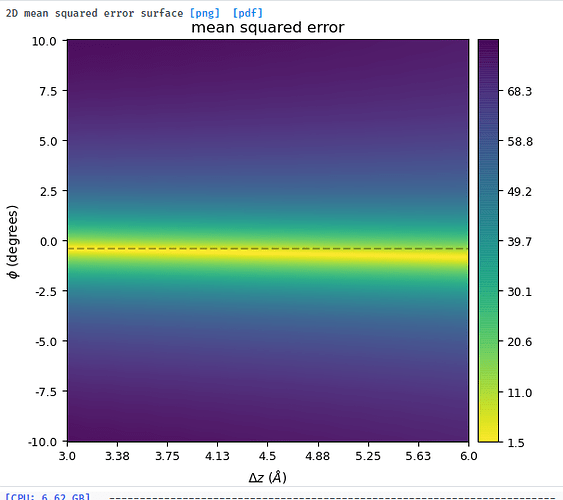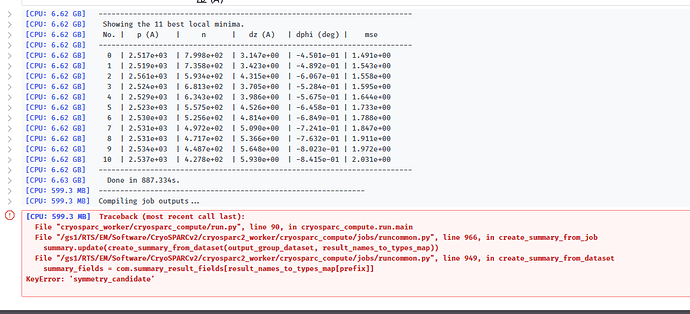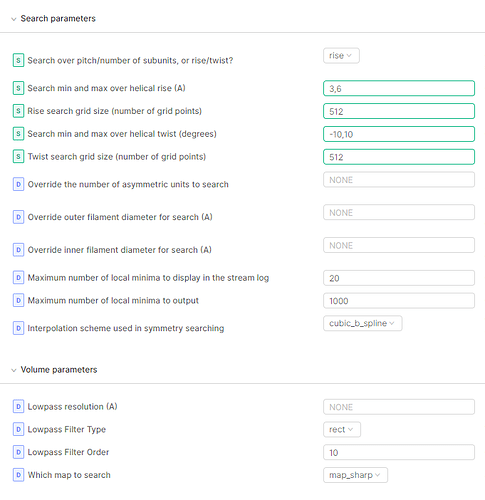Hi All, I have a fibril with a very small twist over a long length of a fibril. Right now we’re thinking it’s something like a -.7 twist per ~4-5 A rise. I’m really struggling with the Symmetry Search in cryoSPARC though because it doesn’t seem to like values between 0 and 1. I get errors saying that the values must be listed in ascending order or something similar to that. Is there something special I need to do for putting that in either with the rise or pitch options? Or if someone could give me an example of how best to fill out the Symmetry Search params to get that if I’m just not thinking of them correctly that would be greatly appreciated! Thanks for any tips/tricks.
Bryan
Dear @hansenbry,
Apologies that you’re encountering difficulties with this. Could you include an example of the search ranges you’re trying, either in rise or pitch modes? There are a few constraints that are worth mentioning (also available on our guide page):
- Rise values are considered to be strictly positive, so both limits should always be greater than 0
- Twist values should be input in increasing order, and can be negative
So for e.g. a search range that includes 4 Å rise and -0.7º twist could be 3, 6 for rise and -10, 10 for twist. It may be more interpretable to use rise mode instead of pitch mode in this case, because the helical pitch would probably be quite large for such a small twist (see helical symmetry in cryoSPARC for a quick explanation of our conventions and converting between the two representations).
Best,
Michael
Thanks @mmclean I tried those params again (I had tried something similar several attempts ago), but still fails for me because it can’t seem to detect the symmetry.
Here was my input params:
Dear @hansenbry,
Thanks for the additional information. It looks like there is a lot of uncertainty in the helical rise, but some certainty in the twist. What resolution did the input volume reach, and does the volume itself show features / separation along the z-axis? The symmetry search utility considers information only from the input volume, but if 2D classification produced high resolution classes, it might be helpful to look into Fourier-Bessel indexing as another potential way to determine the helical rise.
Regarding the final KeyError, this bug shouldn’t affect the computation or the plots/outputs, so you can still look at the local minima in the .cs files output and they should include the ones in the stream log.
Best,
Michael
Thanks Michael for the info. There is some separation along the z-axis. The input map had a reported resolution of 3.69A. I’ll look into the .cs file outputs and work from those like you suggested. Thanks.


